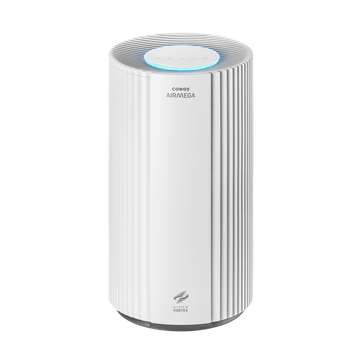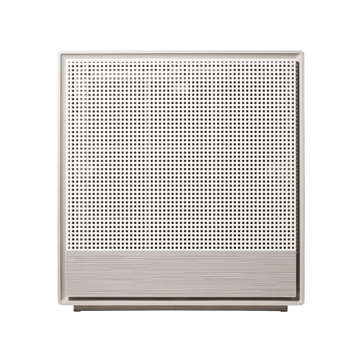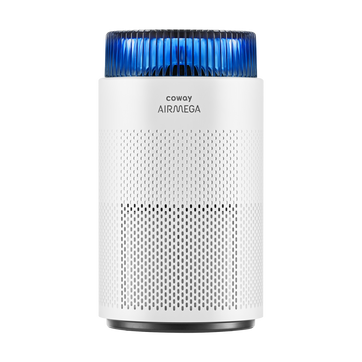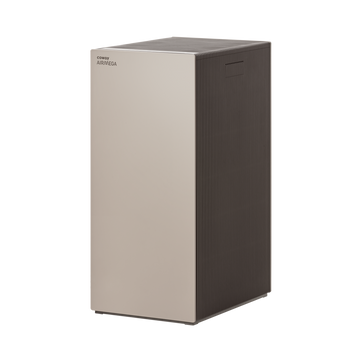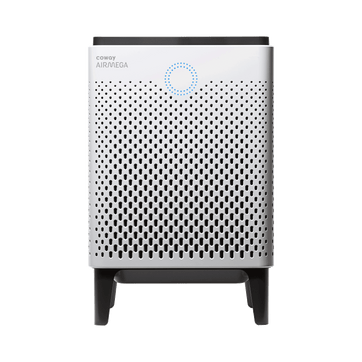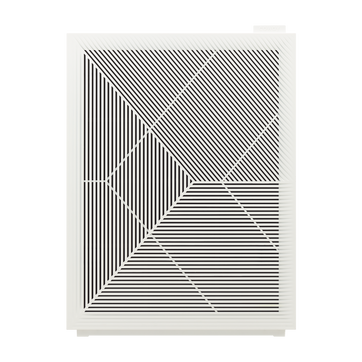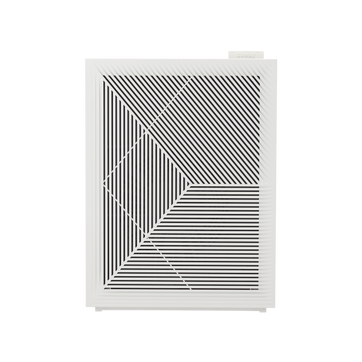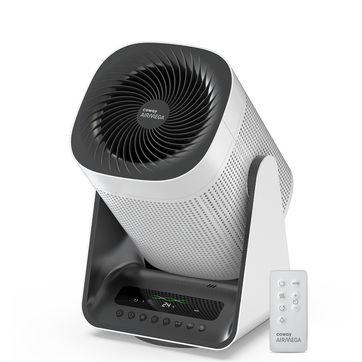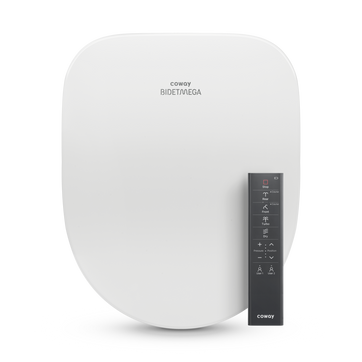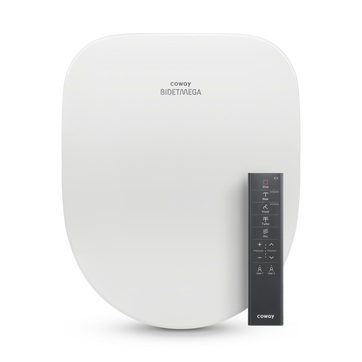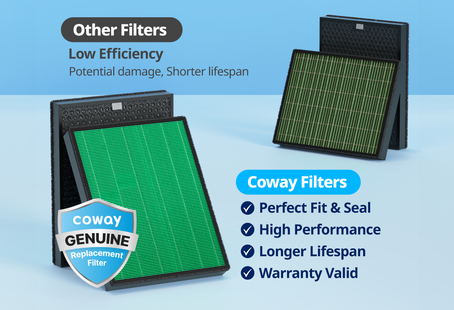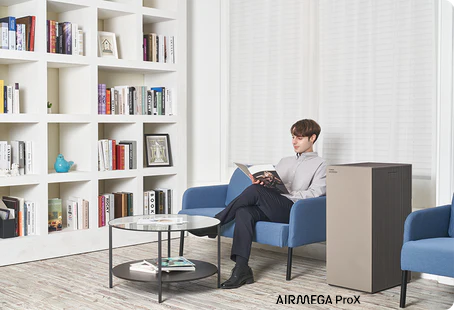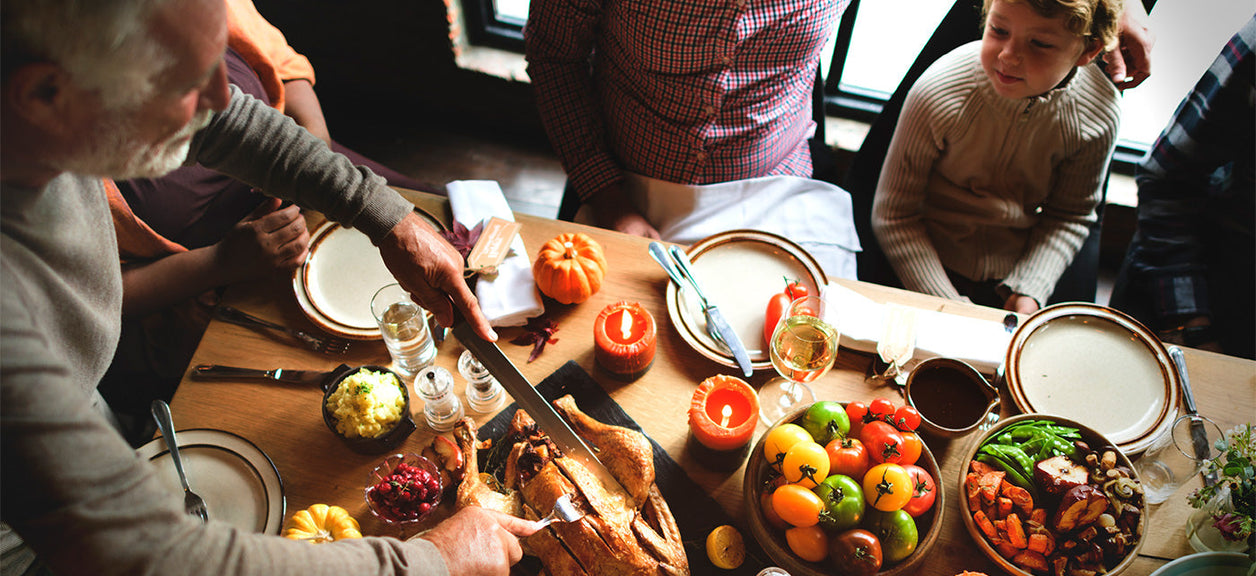
4 pollutants hiding in holiday cooking smells
Turkey roasting, apple pie baking, potatoes boiling. It must be Thanksgiving time in the kitchen. But, while delicious, those smells — both from food and stovetops — can release some not-so-appetizing odours and pollutants into the air. Here’s what’s cooking up trouble for your indoor air quality:
Sautéing and Frying
Releases acrolein
Overheating any type of fat, like butter or olive oil, can cause the fat to break down; let it go for too long, and burned fats release a volatile organic compound called acrolein. The EPA has linked short-term acrolein exposure with respiratory irritation. As for your food: Fat or oil that has reached its burning or “smoke point” can give food an unpleasant, acrid taste. Meanwhile, aerosol cooking and baking sprays also release VOCs.
Stovetop Cooking
Releases particulate matter
Home cooks can get up to one-third of their daily exposure to particulate matter (PM) in the kitchen alone. One Italian study, which looked specifically at the PM released in cooking steak, found that the more powerful the cooktop, the higher the concentration of PM will spike during cooking.
Gas Burners
Release nitrogen dioxide, formaldehyde, and carbon monoxide
Studies have well-documented the release of harmful chemicals from cooking with gas stovetops. One highly-cited 2014 study, for instance, found that households that cook on gas burners at least once a week are susceptible to levels of nitrogen dioxide and carbon monoxide in excess of standards set by the California EPA.
Long-lasting Heat
Can trigger off-gassing
A day’s worth of cooking can build up a lot of heat. In some cases, those sustained temperatures can trigger surfaces in and around the kitchen, such as countertops and cabinets, to off-gas harmful chemicals like formaldehyde. While new manufactured products will only off-gas for a shorter period of time, heat can spark or hasten that process.
The first step towards avoiding the harmful health effects of low indoor air quality is to be aware of their presence — and inevitable build-up on heavy cooking days like Thanksgiving. With proper ventilation and filtration, it is possible to keep pollutants in check, and keep a little smoke from spoiling your supper.
Disclaimers
1Coway air purifiers has been proven to trap dust, pollen, dander, viruses and bacteria in the air based on KCL (Korea Conformity Laboratories) testing.They have been tested in a 30㎥ size chamber according to the Korea Air Cleaning Association standard (SPS-KACA 002-132:2022 Modified) to measure the 0.01㎛ size of particle removal rate. It was tested on maximum airflow speed in normal room temperature and humidity conditions. The performance may vary in the actual living environment of customers.
→ Tested with Airmega Aim, 150, 160, AP-1216L, AP-1512HH, AP-1512HHS, 200M, Icon, IconS, 230, 240, 250, 250 Art, 250S, 300, 300S, 400, 400S, ProX
299.97% of viruses, bacteria, fungi and pollen were verified to be removed from the air for Coway air purifiers which have Green True HEPA™ filter applied based on the Japan Food Research Laboratories(JFRL) testing according to JEM 1467 standard.
→ Tested with Coway Airmega AP-1512HH, AP-1512HHS, 250, 250 Art, 250S, 300, 300S, 400, 400S
→ All tested by JFRL and received above result within below time.
All tested by JFRL and received above result within below time.
- Virus: Tested with Escherichia coli phage ΦX174 NBRC 103405, 60 minutes
- Bacteria: Tested with Staphylococcus epidermidis NBRC 12993, 60 minutes
- Fungi/Mold: Tested with Penicillium citrinum NBRC 6352, 60 minutes
- Pollen: Tested with Cedar Pollen extract, 60 minutes
3Aerosol test conducted in a Biosafety level 3 laboratory with two Coway air purifier models, Coway Airmega 250 and 400 for removal of SARS-CoV-2 Aerosol by US based MRI Global, a not-for-profit laboratory and partner of US Department of Defense. The test was conducted in a 13.1ft3 chamber. Virus was aerosolized for 15 minutes and the product was turned on high for 2 minutes. Result showed each product effectively removed over 99.98% of the SARS-CoV-2 in 2 minutes. This is a result from a laboratory experiment condition and result may vary in different conditions. This result does not imply it kills SARS-CoV-2 or prevents the transmission of Covid-19. Coway Airmega 250S and 400S are identical to the tested models and has equal performance with an additional mobile connectivity function.
4The concentration of ammonia, acetaldehyde and acetic acid were proven to be removed within 30 minutes by FCG Research Institute, Inc. Human Life Science Lab. It is not a demonstration result in the actual use space. Not all odors and gases may be supported. → Tested with Coway Airmega 150, 160, AP-1512HH, AP-1512HHS, 400, 400S
5The coverage area of the air purifier is based on an area where the air cleaner can make two air changes per hour (ACPH). An air change per hour translates to how many times an air purifier can clean an area, assuming the height of a ceiling to be 8 ft, in one hour. Therefore ** means two air changes per hour means that the cleaner can clean the area once every 30 minutes and * means air changes per hour means that the air purifier can clean the area once every 60 minutes.
10Terms and conditions apply. Discounts, including promotions, coupons, bundle discount and subscription discount, cannot be stacked on top of other coupons. During promotional periods, discount codes will not be able to be applied to orders. Promo codes may apply to products only—filters, accessories, and new products within 3 months of the release date are not included.
